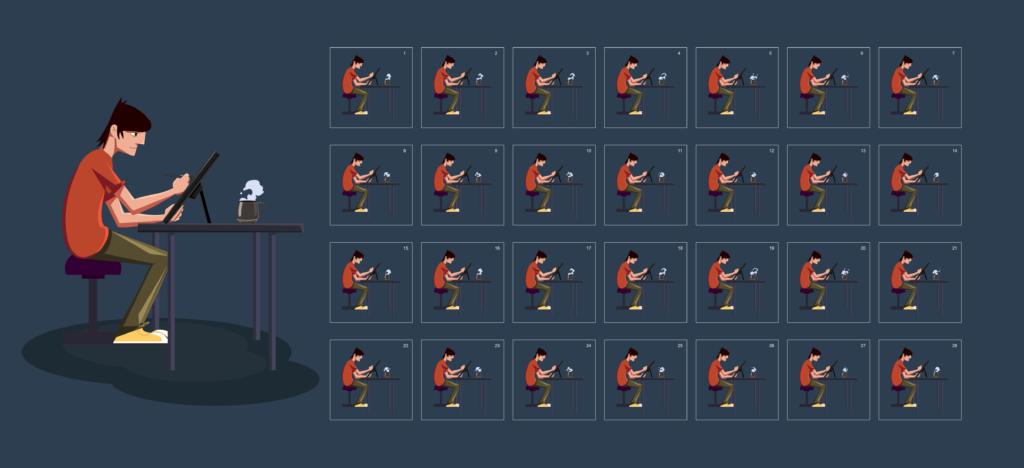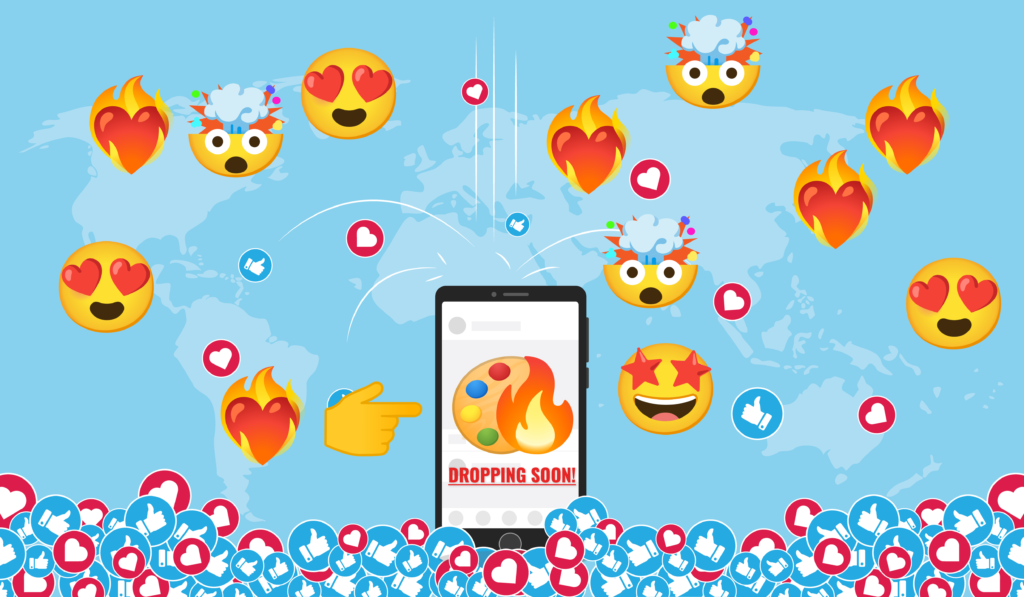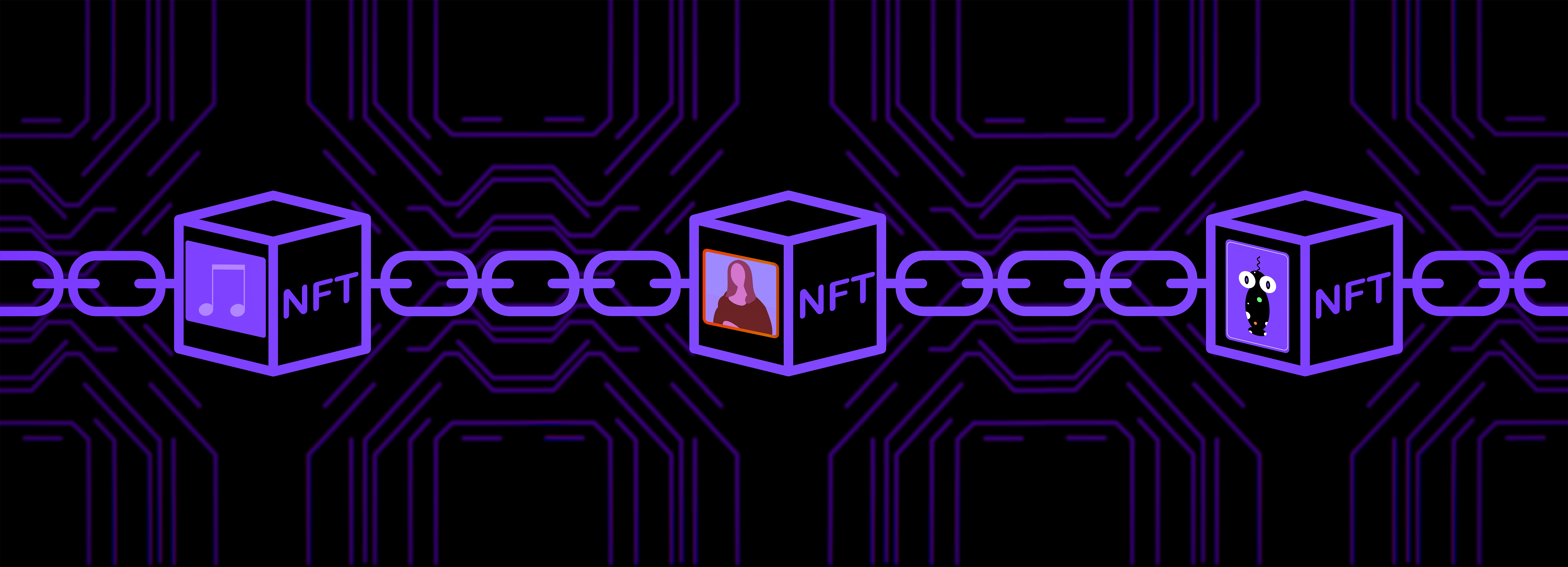Collectors evolve their collections over time to their own taste, and each one is different. As some tokens change hands, the collectors, artists, and even the entire space changes. There are notable exceptions, but most collectors, regardless of whatever reasons they are collecting, like to know that their tokens will retain value, and in most cases, appreciate over time.

Some collectors are so wealthy and passionate about art that they may not put much weight into technicals like these, and they simply collect artworks they appreciate, but the rest of us might do an immense amount of research before buying a token, especially if we’re looking at it purely from an investment standpoint.
A lot of the technicals that we’ll talk about have to do with the artist, which is by far the most important factor when assessing the value of a crypto art token.
Artist’s Minting Cadence
While NFTs are not interchangeable, it’s less ludicrous to exchange a Beeple for any other Beeple, than it would be to exchange it for another random artist’s work. In a large way, each artist controls the supply of their work, and it’s rate of inflation.

Blockchain technology has made it easier than ever to exchange artwork and prove that a piece is legitimate. It’s also made it easier than ever to create and inject new artwork into the current supply. Centuries ago, it took a lifetime for an artist to develop their style, and while Van Gogh was known for painting multiple canvases a day, and Picasso created over 13,000 works of art in his career, this took an incredible amount of time and dedication. Currently, resources available for artists looking to hone their craft are abundant, and the minimum required tools of the trade are already in most households.
Simply stated, in terms of price, the rarer something desirable is, the better. Collectors love seeing artists they support working hard and creating stunning tokens, but collectors also appreciate when the artists they collect are conscious of the perceived rarity of their works, and that their minting cadence is somewhat predictable.
Artist’s Works Listed For Sale
In the absolute best case scenario in terms of price appreciation for an artist’s work, none of the works would be listed for sale by the artists themselves. Drops should be priced in such a way that they sell out very quickly and no auction should sit too long without bids.
If some of the artist’s works are listed for sale, it looks better if it’s listed by collectors (asking higher prices than they bought it for) rather than the artist themselves. Ideally, it wouldn’t be listed by many collectors either.
Many collectors are most interested in works that look unattainable, if a lot of it is listed for sale, that could potentially discourage them from paying a high price.
Artist’s Fanbase
While blockchain technology has made it easy for an artist to sell their works directly to collectors without gatekeepers and tastemakers getting in the way, now it’s up to the artist, and collectors of the artist, to attract new fans and hold their attention.

Twitter plays a huge role in crypto art, and one thing a collector may look for in an artist that they are looking to collect, is follower engagement. Does the artist have the ability to hype up their next drop? Do they get a lot of movement on a promotional post for their art? Some artists have such loyal fans and collectors that they need to do very little to hype up their next drop, as their fanbase is doing all that legwork for them, and purely out of excitement, not collusion.
Blockchain Where The Token Lives
We mostly deal with the Ethereum blockchain in the NFT art world, and that’s for a good reason. While Bitcoin is the most secure blockchain due to the amount of processing power it’s afforded by the computers it’s network is run on, Ethereum is the most powerful (and therefore the most secure) blockchain which can execute meaningful smart contracts. If a malicious actor attains more than 51% of the processing power of a blockchain it can create tokens with impunity and reverse transactions. This is less likely with Ethereum than other blockchains that you can mint NFTs on.

While no one can predict the future, right now, in terms of decentralization, ongoing development, security, and longevity, Ethereum is the clear winner, there is not even a close second. This is in a large way why tokens minted on Ethereum change hands at significantly higher prices than those on alternative blockchains.
Other Collectors of this Artist
Looking at the history of collectors that have owned a token can give future collectors some insight as to it’s perceived value. Some collectors may want a token simply because at one point it was in a collection belonging to a collector that they admire.
Much like how an artist controls the supply of the tokens, so do their collectors. Simply stated, it would be disastrous, in terms of the value of their tokens, if collectors start dumping a particular artist’s tokens en masse.
While this is an extreme example, most collectors eventually will sell their tokens. Every work listed for sale decreases the perceived rarity of the artists remaining tokens.
Collectors might like to know that an artist whose works they are looking to collect sits comfortably in the wallets of collectors who are not selling anytime soon.
Token’s Content
Finally we get to what the token actually looks, sounds and feels like. Some tokens are just so moving that they can elicit a powerful emotional response from fans and collectors. There are a handful of tokens that I simply cannot experience without being brought to tears.

One thing collectors may consider is that technology has made the creation process easier and cheaper than ever. While artists can spend months working on and rendering a single token, that is the exception rather than the rule, and it’s simply easier to create something breathtaking today, then it was a thousand, or even just ten years ago.
The content of the token is very important for attracting collectors, who are each collecting according to their own taste. A token whose content stuns can provide that last gentle nudge collectors need to get them over the finish line and place a bid, but as unromantic as it sounds, this is just one of many factors for collectors as they assess a token’s value, and ultimately strike.